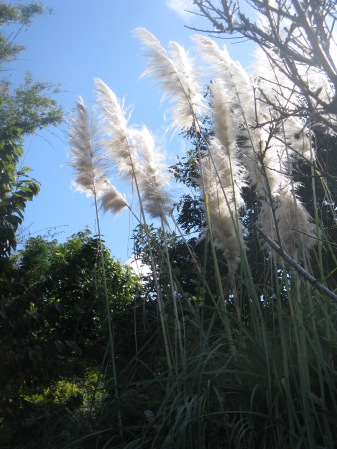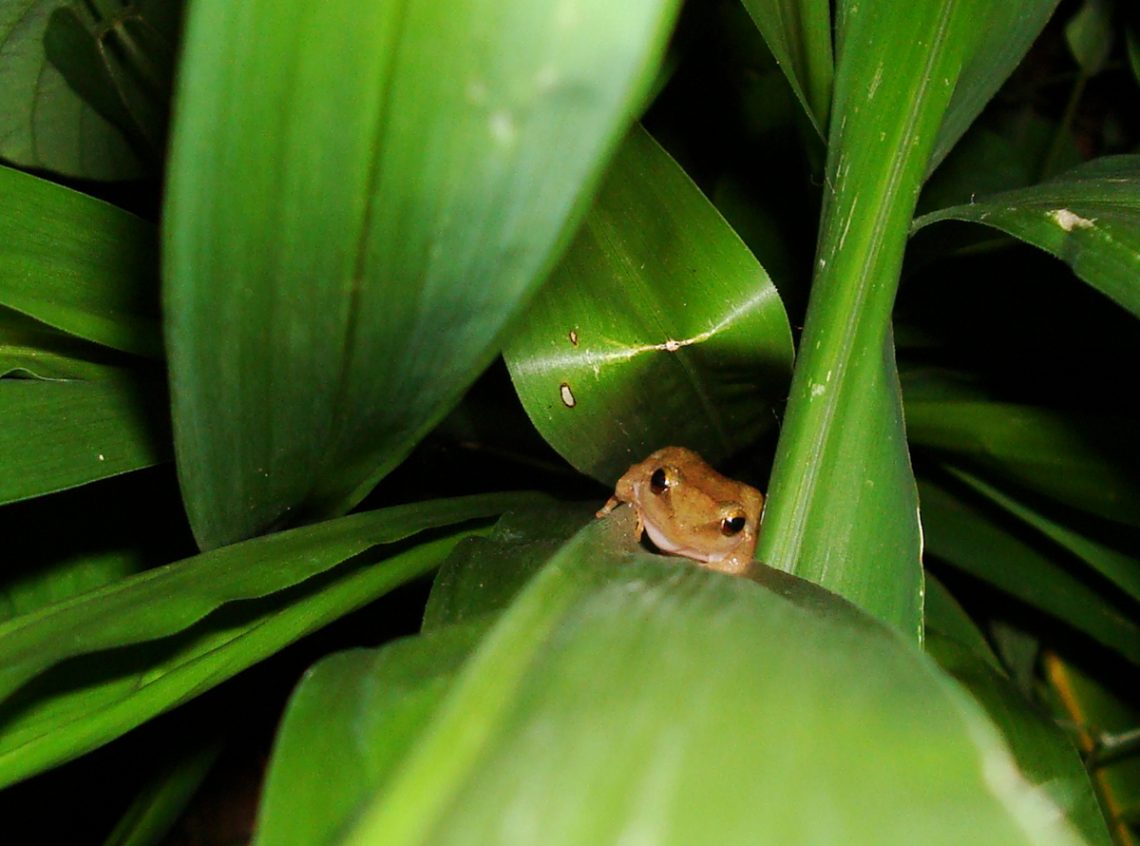In the early 1870s an enterprising nurseryman in Southern California imported a tall, clumping grass with distinctive feathery plumes to…
Read More
2010
A most unwanted neighbor–coqui frogs
A recent trip to Hilo highlighted the impact coqui frogs can have on our quality of life. It was not…
Read More


